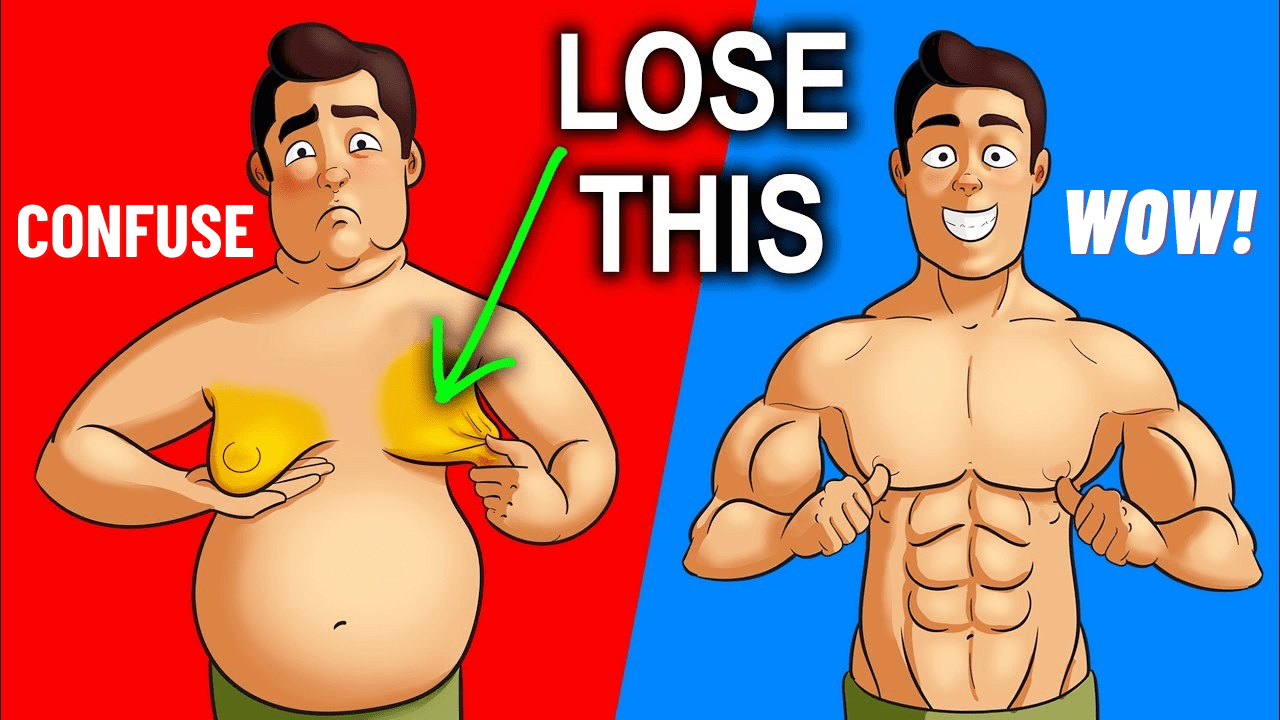how to lose chest fat Alright, let’s a short overview on the topic of shedding chest fat – something that many of us have grappled with at some point. Now, there’s a common misconception out there that chest fat is solely an issue for those who are overweight. But let me clear this up right away – chest fat can affect anyone, regardless of their overall weight or fitness level.
Having too much chest fat doesn’t just affect how you look; it can also make you feel less confident. But don’t worry! This guide will help you tackle this problem with some proven tips. If you’re tired of dealing with chest fat, stay with me. We’re going to share some useful advice!
Understanding Chest Fat
Before we go into the nitty-gritty of chest fat reduction techniques, let’s take a moment to understand what chest fat is all about. You see, chest fat, also known as gynecomastia or “man boobs,” is the accumulation of fat tissue in the chest area.
Now, while it’s true that excess body fat can contribute to chest fat, it’s not the only factor at play here. Genetics, hormonal imbalances, and lifestyle choices can all influence the development of chest fat. And yes, it’s not just men who struggle with this issue; women can also experience chest fat due to various reasons. So, it’s essential to recognize that chest fat is a multifaceted issue that requires a holistic approach to address effectively.
Now, let’s explore some of the factors that can contribute to the development of chest fat:
Factors Contributing to Chest Fat
Genetics plays a significant role in determining where your body stores fat, including the chest area. So, if you come from a family where chest fat is prevalent, you may be more predisposed to this issue. Hormonal imbalances, particularly an imbalance between estrogen and testosterone levels, can also lead to the accumulation of chest fat.
This is why chest fat is more common during puberty, as hormonal fluctuations are rampant during this time. Additionally, certain lifestyle factors such as a sedentary lifestyle, poor dietary choices, and excessive alcohol consumption can exacerbate chest fat accumulation. So, it’s essential to address these underlying factors to effectively tackle chest fat.
Now that we know more about chest fat and what causes it, let’s talk about how to get rid of it. In the next parts, we’ll look at exercises, diet changes, and lifestyle tweaks that can help. Keep reading for some practical tips to help you lose chest fat!
2. Factors Contributing to Chest Fat
Alright, let’s dive deeper into the factors contributing to chest fat accumulation. Now, there’s a prevailing belief out there that chest fat is solely a result of being overweight. But let me debunk this myth right away – while excess body fat certainly plays a role, it’s not the only factor at play here.
Genetics, hormonal imbalances, and lifestyle choices also contribute significantly to the development of chest fat. So, if you’ve been blaming your chest fat solely on your weight, it’s time to rethink that mindset and consider the broader picture.
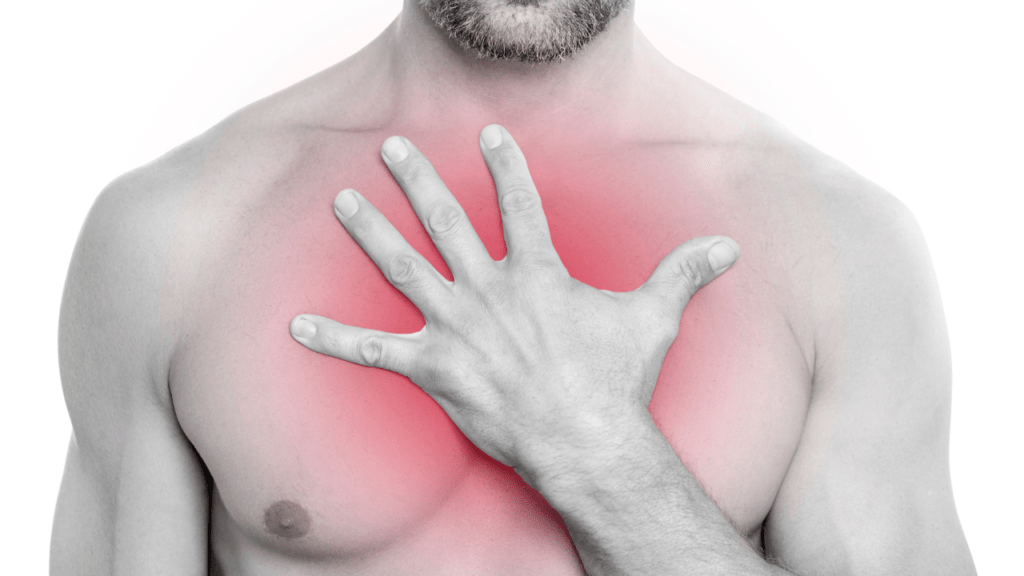
Genetics: The Role of Inherited Factors
First up, let’s talk about genetics. You see, your genetic makeup plays a crucial role in determining where your body tends to store fat. For some individuals, the chest area may be a trouble spot due to their genetic predisposition.
So, even if you maintain a healthy weight and overall body fat percentage, you may still find yourself battling with stubborn chest fat. Unfortunately, we can’t choose our genetic inheritance, but we can certainly take proactive steps to address the issue.
Hormonal Imbalances: Understanding the Influence of Hormones
Another significant factor contributing to chest fat is hormonal imbalances, particularly an imbalance between estrogen and testosterone levels. Now, you might be wondering, what do hormones have to do with chest fat? Well, quite a lot, actually. You see, testosterone is responsible for promoting muscle growth and fat loss, while estrogen encourages fat storage, particularly in the chest and hip areas.
So, if there’s an imbalance in these hormone levels, it can lead to the accumulation of chest fat. This is why chest fat is more prevalent during puberty when hormone levels are in flux, and also why certain medical conditions or medications that affect hormone levels can contribute to chest fat.
Lifestyle Choices: The Impact of Diet and Activity Levels
Last but not least, let’s talk about lifestyle choices. Your daily habits, including your diet and activity levels, can significantly influence the development of chest fat. A sedentary lifestyle devoid of regular exercise can lead to overall weight gain and the accumulation of fat, including in the chest area. Additionally, poor dietary choices, such as consuming excessive calories from processed foods and sugary drinks, can contribute to fat storage.
Alcohol consumption can also play a role, as excessive drinking can lead to weight gain and hormonal imbalances, further exacerbating chest fat accumulation.
Now that we’ve explored the various factors contributing to chest fat, it’s essential to recognize that addressing this issue requires a multifaceted approach. In the next section, we’ll delve into some effective strategies for chest fat reduction, including targeted exercises, dietary modifications, and lifestyle changes. So, if you’re ready to take action and reclaim your chest confidence, let’s dive in!
3. Effective Strategies for Chest Fat Reduction
Alright, now that we’ve gained a deeper understanding of the factors contributing to chest fat, it’s time to roll up our sleeves and get down to business. In this section, we’ll explore some proven strategies for chest fat reduction that you can start implementing today.
From targeted exercises to dietary modifications, we’ve got you covered with actionable tips to help you trim down that stubborn chest fat and sculpt a more defined physique.
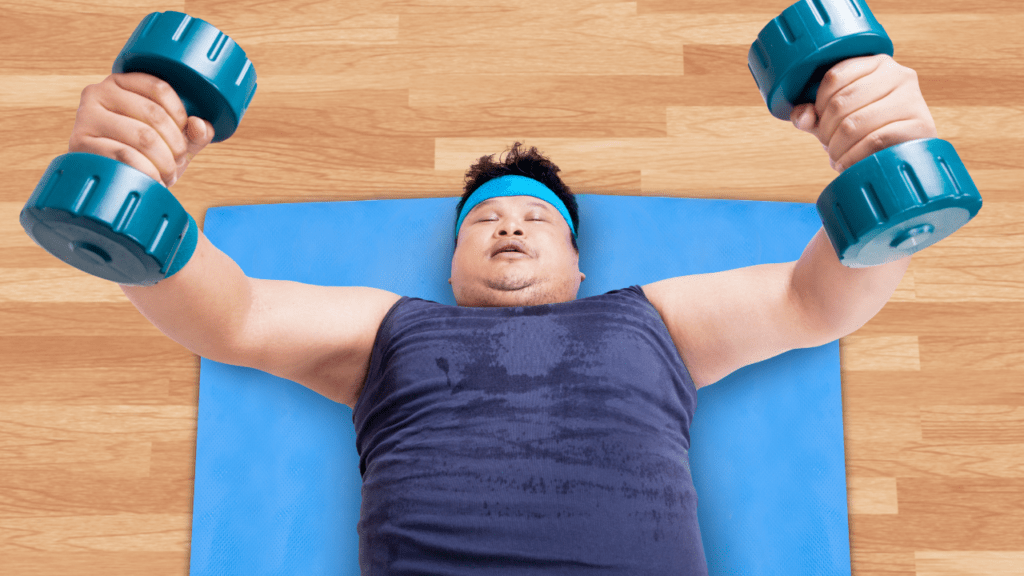
Targeted Exercises: Sculpting Your Chest
When it comes to reducing chest fat, targeted exercises are key. Incorporating strength training exercises that focus on the chest muscles can help tone and tighten the area, giving you a more sculpted appearance. Push-ups, chest presses, and dumbbell flies are excellent exercises for targeting the chest muscles and promoting fat loss in the area. Aim to include these exercises in your workout routine at least 2-3 times per week for optimal results.
Cardiovascular Exercise: Boosting Fat Loss
In addition to targeted strength training exercises, incorporating cardiovascular exercise into your routine can help boost overall fat loss, including in the chest area. Activities such as running, cycling, swimming, and brisk walking are all effective forms of cardiovascular exercise that can help burn calories and shed excess fat. Aim for at least 150 minutes of moderate-intensity cardio per week to reap the benefits of fat loss.
Dietary Modifications: Fueling Your Fat Loss
Alongside exercise, making dietary modifications is essential for effective chest fat reduction. Focus on consuming a balanced diet rich in lean proteins, fruits, vegetables, and whole grains, while minimizing your intake of processed foods, sugary snacks, and excessive alcohol. Incorporating foods that are known for their fat-burning properties, such as lean meats, fish, nuts, seeds, and green tea, can further support your efforts to trim down that chest fat.
Hydration and Rest: Supporting Your Fat Loss Journey
Don’t underestimate the importance of hydration and rest when it comes to chest fat reduction. Staying hydrated helps maintain optimal metabolic function and supports fat loss, so be sure to drink plenty of water throughout the day. Additionally, adequate rest and recovery are essential for muscle growth and repair, so aim to prioritize sleep and relaxation as part of your fat loss journey.
If you use these strategies, you can make your chest more sculpted and defined. It’s important to keep doing them regularly. Stick to your workout plan, eat healthy, and make lifestyle changes. If you do this, you’ll feel better about your chest before you know it!
4. Nutrition Tips for Chest Fat Loss
Now, let’s talk about how what you eat affects chest fat. Some people think crash diets or fasting a lot is the best way to lose chest fat. But that’s not true – crash diets and fasting too much can actually be bad for you. It’s important to know that these extreme diets can cause problems later on. So, it’s better to find a healthier way to lose chest fat.
The best way to lose chest fat and keep it off is to eat a balanced and healthy diet. Instead of extreme diets, focus on eating well to support your health and fitness. Take a moment to think about how you eat and if it’s helping you reach your goals. It’s important to make changes that you can stick to in the long term. So, consider a more balanced approach to your nutrition.
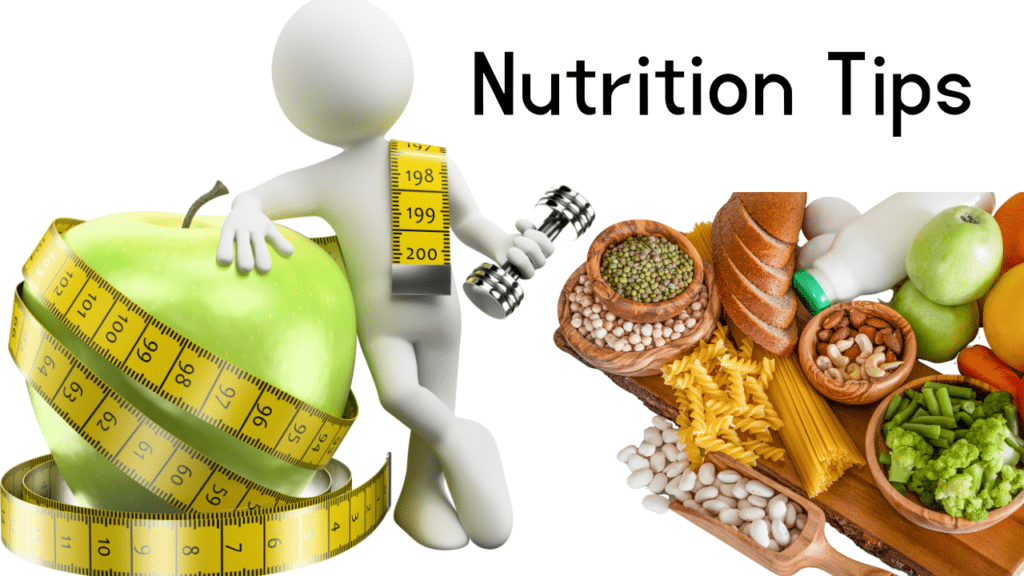
Balanced Diet: The Foundation of Chest Fat Loss
When it comes to nutrition for chest fat loss, the emphasis should be on consuming a balanced diet that provides your body with the essential nutrients it needs to function optimally. Aim to include a variety of foods from all the major food groups, including lean proteins, fruits, vegetables, whole grains, and healthy fats.
Protein powder-rich foods such as chicken, turkey, fish, tofu, beans, and lentils are particularly important for supporting muscle growth and repair, which is crucial for achieving a toned and defined chest.
Portion Control: Moderation is Key
In addition to focusing on the quality of your food choices, it’s also essential to pay attention to portion sizes. Even healthy foods can contribute to weight gain if consumed in excessive amounts, so practice mindful eating and listen to your body’s hunger and fullness cues.
Opt for smaller, more frequent meals throughout the day to keep your metabolism revved up and prevent overeating. And remember, it’s okay to indulge in your favorite treats occasionally but aim to do so in moderation and balance it out with nutritious options the rest of the time.
Hydration: The Unsung Hero of Fat Loss
Let’s not forget about the importance of staying hydrated when it comes to chest fat loss. Drinking an adequate amount of water throughout the day not only helps keep you feeling full and satisfied but also supports optimal metabolic function and fat loss.
Aim to drink at least 8-10 glasses of water per day, and consider incorporating hydrating foods such as fruits and vegetables into your diet as well. Herbal teas and infused water can also be excellent alternatives to sugary beverages and can help keep your hydration levels in check.
5. Natural Remedies and Supplements
Alright, now let’s explore the role of natural remedies and supplements in supporting chest fat loss. While no magic pill or potion can miraculously melt away chest fat overnight, certain natural remedies and supplements may complement your efforts and help enhance your results.
Before we go into details, I want to emphasize something: supplements aren’t a replacement for a healthy diet and exercise. Instead, they’re like helpers that can support your health and fitness goals when you’re already living a healthy lifestyle. So, remember, they work best when you’re eating well and staying active.

Green Tea Extract: A Natural Fat Burner
One natural supplement that has gained popularity for its fat-burning properties is green tea extract. Green tea has something called catechins that can speed up metabolism and burn fat, especially in the belly. Adding green tea extract to your daily routine, either in a pill or by drinking a cup of green tea, might help you lose stubborn chest fat.
Fish Oil: Omega-3s for Optimal Health
how to lose chest fat Another supplement worth considering for chest fat loss is fish oil, which is rich in omega-3 fatty acids. Omega-3s are known for their anti-inflammatory properties and may help reduce inflammation in the body, which can contribute to fat storage.
Also, omega-3s are good for your heart and might make your body leaner when you exercise regularly. Taking a fish oil pill every day could help you lose chest fat and keep you healthy.
Natural Remedies: Tried-and-True Solutions
In addition to supplements, several natural remedies may help support chest fat loss. For example, incorporating herbs such as turmeric, ginger, and cinnamon into your diet can help boost metabolism and promote fat burning.
Spices like cayenne pepper and black pepper can help you burn more calories and lose fat. Drinking lots of water helps your body get rid of toxins and keeps your metabolism working well for fat loss.
Now that we’ve talked about food, natural ways, and supplements for losing chest fat, it’s time to do something about it. In the next parts, we’ll look more at exercises, lifestyle changes, and checking how you’re doing. If you’re ready to make progress, let’s go ahead and do it together!
6. Lifestyle Changes to Support Chest Fat Loss
Alright, let’s talk about the role of lifestyle changes in supporting your journey to shed chest fat. Now, there’s a common misconception out there that achieving chest fat loss is solely about hitting the gym and following a strict diet.
But let me tell you, lifestyle factors play a significant role in determining your success in this endeavor. From managing stress to getting adequate sleep, making positive lifestyle changes can have a profound impact on your ability to trim down that stubborn chest fat and achieve your desired results.

Stress Management: Keeping Cortisol Levels in Check
How to lose chest fat First up, let’s talk about stress management. You see when you’re stressed, your body releases a hormone called cortisol, which can lead to increased fat storage, particularly in the abdominal and chest areas.
To manage stress and lower cortisol levels, try healthy activities like yoga, meditation, or deep breathing. Spending time outdoors can also help. It’s important to take care of yourself and relax, not just exercise. So, make sure to find time for self-care alongside your workouts.
Quality Sleep: The Unsung Hero of Fat Loss
Next on the list is sleep – the unsung hero of fat loss. Not getting enough sleep makes you feel tired and slows down your body, making it harder to lose fat, like chest fat. Try to sleep for 7-9 hours each night and create a calming bedtime routine to help you relax. It’s important to stick to a regular sleep schedule to help with your chest fat loss goals. Remember, good sleep is important for staying healthy and losing weight effectively.
Hydration: Drink Up for Optimal Health
Let’s not forget about the importance of hydration when it comes to chest fat loss. Drinking plenty of water throughout the day not only helps keep you feeling full and satisfied but also supports optimal metabolic function and fat loss.
Try to drink 8-10 glasses of water every day. Also, include hydrating foods like fruits and vegetables in your diet. Herbal teas and infused water are great options to stay hydrated without sugary drinks.
7. Monitoring Progress and Adjustments
Now that we’ve discussed the important lifestyle changes for losing chest fat, let’s talk about tracking your progress and making changes. Losing chest fat isn’t the same for everyone – what works for one person might not work for someone else. So, it’s essential to find what works best for you.
So, it’s essential to pay attention to your body’s responses and make adjustments to your approach as needed to ensure continued progress and success.
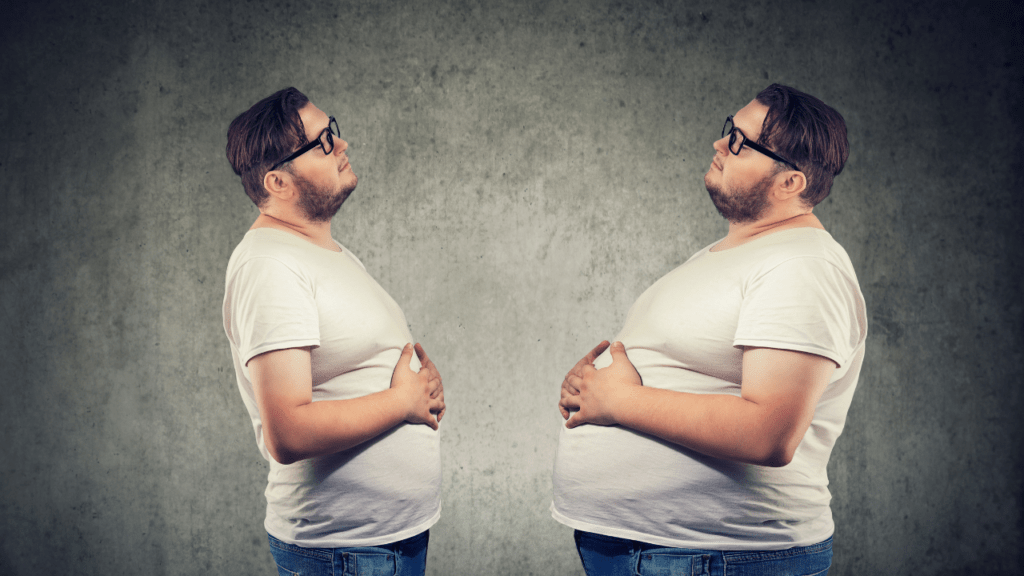
Tracking Progress: The Importance of Measurements and Feedback
It’s important to check how you’re doing by tracking your progress often. You can do this by measuring your chest fat, waist, and other parts of your body. Also, keep an eye on your weight and body composition. These measurements help you see if you’re making progress or if you need to make changes.
Progress photos can also be helpful in visually tracking changes in your physique over time. Additionally, paying attention to how your clothes fit and how you feel both physically and mentally can provide valuable feedback on your progress.
Making Adjustments: Flexibility is Key
As you progress on your chest fat loss journey, it’s natural for your body to adapt to your exercise and nutrition regimen. This is why it’s essential to stay flexible and be willing to make adjustments to your approach as needed.
If you find that you’ve hit a plateau or are no longer seeing the results you desire, don’t be afraid to shake things up. This could involve changing up your workout routine, tweaking your diet, or incorporating new strategies altogether. Remember, experimentation is key, so don’t be afraid to try new things and see what works best for you.
Celebrating Milestones: Staying Motivated Along the Way
Remember to celebrate your achievements as you progress. It could be hitting a new record at the gym or fitting into smaller clothes. Acknowledging your accomplishments is important for staying motivated. Take pride in your progress, no matter how small.
This not only boosts your motivation and morale but also reinforces the positive habits and behaviors that are contributing to your chest fat loss success. So, take the time to pat yourself on the back and acknowledge how far you’ve come – you deserve it!
Monitoring your progress, staying flexible, and celebrating your achievements will keep you on track toward your chest fat loss goals. Remember, it’s about the journey, not just reaching the finish line. Embrace each step and strive to become the best version of yourself along the way. So, keep pushing forward, stay positive, and never underestimate the power of your own determination and dedication. You’ve got this!
8. Conclusion
In wrapping up, it’s crucial to know that losing chest fat isn’t quick or one-size-fits-all. Everyone’s body is different, so what works for one person might not work for another. If you’ve been feeling discouraged, know it’s okay to ask for help or adjust your approach.
Throughout this guide, we’ve looked at why chest fat builds up, from genetics to lifestyle choices. We’ve busted myths and shared practical tips to help you tackle stubborn chest fat. From exercises to diet changes and natural remedies, we’ve covered a lot.
But remember, losing chest fat isn’t just about hitting a number on the scale or fitting into a certain size. It’s about feeling healthier and more confident.
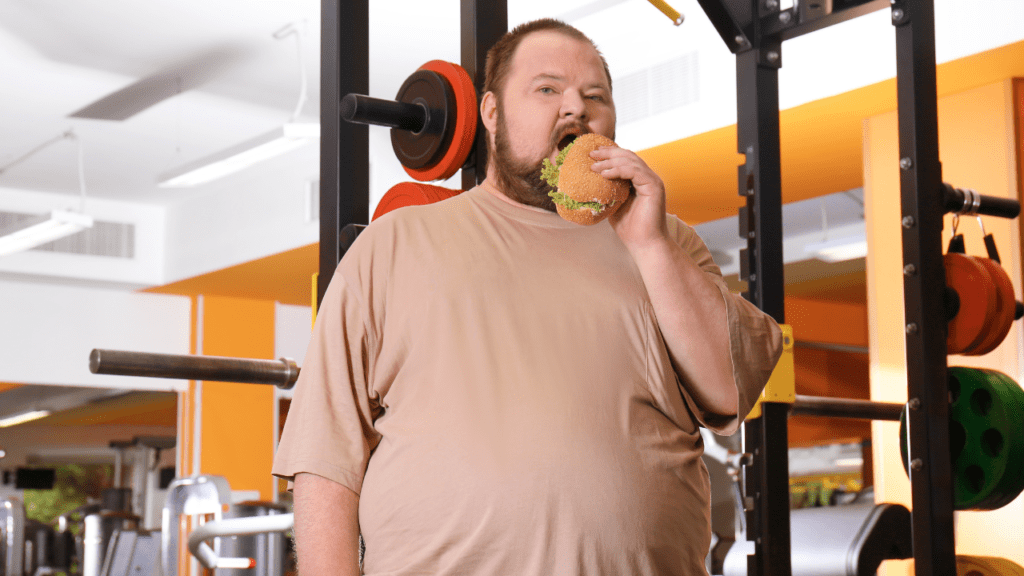

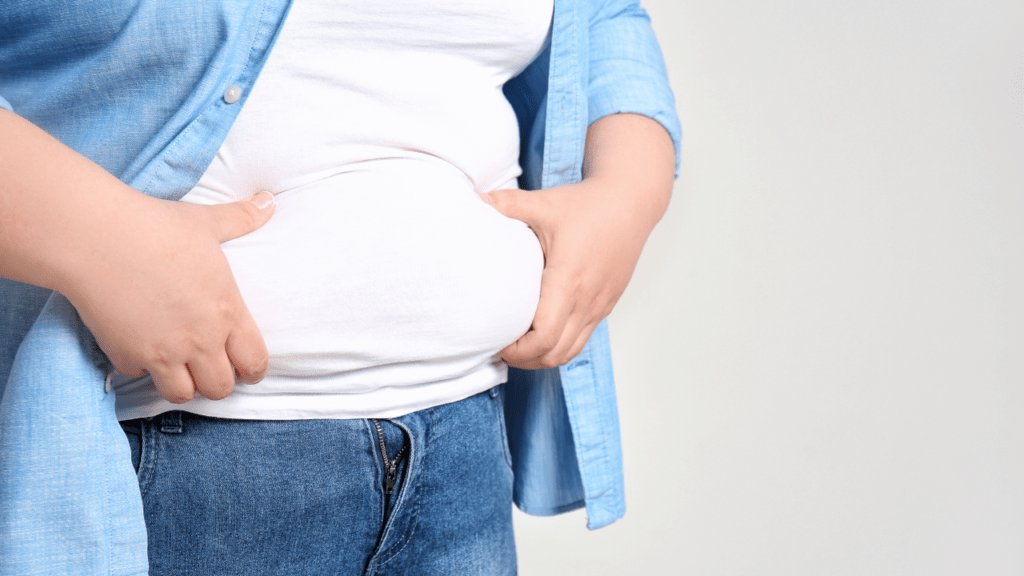
As you start or continue your journey, focus on progress, not perfection. Celebrate each step forward, and know it’s okay to have setbacks.
Above all, believe in yourself. With dedication and a positive mindset, you can transform your chest and your life. Keep pushing forward, stay focused, and remember your potential.
Thanks for joining me on this journey to shed chest fat and build a stronger chest. I hope you found these tips helpful. I’m here to support you along the way. Keep going, and here’s to a happier, healthier you!
FAQs ( Frequently Ask Questions )
Get quick answers to common queries about various topics, providing straightforward explanations for common concerns or inquiries
How can I lose chest fat quickly?
Answer: Quick fixes aren’t sustainable. Focus on regular exercise and a healthy diet for lasting results.
Do specific exercises target chest fat?
Answer: Yes, exercises like push-ups and chest presses can help tone chest muscles and reduce fat.
Is diet important for losing chest fat?
Answer: Absolutely! A balanced diet supports overall fat loss, including chest fat.
Can supplements help with chest fat loss?
Answer: While some may aid in metabolism, they’re not a substitute for a healthy lifestyle.
How long does it take to see results in chest fat loss?
Answer: Results vary, but consistent effort usually yields noticeable changes in a few weeks to months.
How do I reduce my chest fat?
Answer: To reduce chest fat, focus on regular exercise targeting chest muscles, a balanced diet, and overall fat loss through calorie control and healthy lifestyle habits.
How can I slim my chest size?
Answer: Slimming your chest involves a combination of strength training exercises to tone muscles, cardiovascular exercises to burn fat, and a healthy diet to support overall weight loss.
What burns the most chest fat?
Answer: High-intensity cardiovascular exercises like running, swimming, or cycling, combined with strength training exercises targeting chest muscles, are effective for burning chest fat.
How to lose chest fat in 15 days?
Answer: While significant changes may not occur in just 15 days, focus on consistent exercise, especially chest-targeting exercises, and a healthy diet rich in lean protein, fruits, and vegetables to kickstart your chest fat loss journey.

